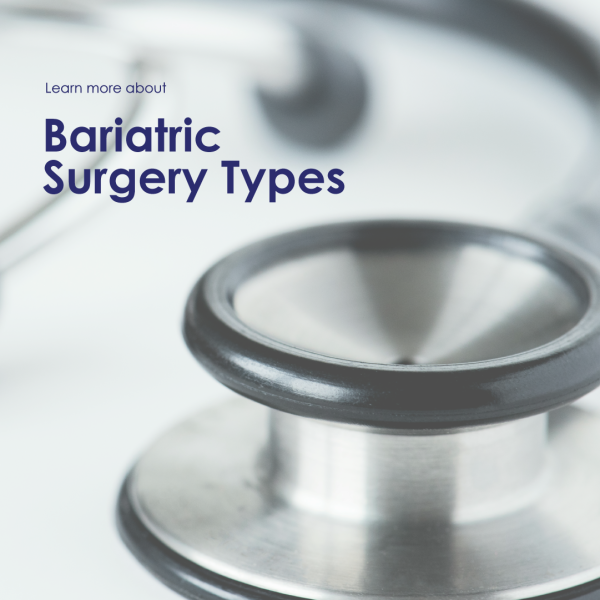Surgery Options

We have five surgery options for you to choose from. Below is a description of each procedure:
Vertical Sleeve Gastrectomy
Surgery description: A vertical sleeve gastrectomy (VSG) generates weight loss solely through gastric restriction (reduced stomach volume). The stomach is restricted by stapling and dividing it vertically and removing more than 85% of it. The VSG is a less invasive procedure than the gastric bypass surgeries due to the intestines not being re-routed. The stomach that remains is a narrow tube or sleeve, which connects to the intestines. This restricts the amount of food the stomach can hold, as well as removing the portion of the stomach that generates Ghrelin, the hormone that causes hunger. The gastric volume is reduced from approximately 700ml to 100-150 ml. This procedure permanently reduces the size of the stomach and you will feel less hungry and feel fuller more rapidly. This is one of the most performed bariatric procedures.
SILS (Single Incision Gastric Sleeve)
Surgery description: The SILS procedure is a minimally invasive technique which involves making a single incision in the belly button to perform a sleeve gastrectomy (as described above). The benefit of the SILS procedure is less recovery time and minimal scarring.
Roux-en-Y Gastric Bypass
Surgery description: Roux-en-Y gastric bypass (RYGB) surgery makes the stomach smaller and causes food to bypass part of the small intestine. You will feel full more quickly than when your stomach was its original size. This reduces the amount of food you can eat at one time. Bypassing part of the intestine reduces how much food and nutrients are absorbed, which is why you will need a lifelong regime of vitamin and mineral supplementation to avoid malnutrition. In a RYGB surgery, only a small part of the stomach is used to create a new stomach pouch, roughly the size of an egg. The smaller stomach is connected directly to the middle portion of the small intestine (jejunum), bypassing the rest of the stomach and the upper portion of the small intestine (duodenum). After any RYGB surgery, you will feel full sooner while eating and absorb fewer minerals, which will require vitamin and mineral supplementation for the rest of your life. You may also experience ‘dumping syndrome’ caused by eating something with either a high fat or sugar content.
Please note: Roux-en-Y Gastric Bypass also is the surgery of choice to treat Gastric Oesophageal Reflux Disease (GORD).
Single Loop Anastomosis (Mini) Gastric Bypass
Surgery description: The One Anastomosis Gastric Bypass (OAGB), also known as “mini-gastric bypass” is a minimally invasive procedure performed with laparoscopic technique. During an OAGB procedure, the surgeon first reduces the size of the “working” stomach by separating a tube-like pouch of stomach from the rest of the stomach. This tubular gastric pouch is then connected (anastomosed) to the intestine, bypassing up to 200cm of the upper part of the intestine. This technique differs from the traditional Roux-en-Y Bypass (RYGB) which requires two connections (anastomoses). This technique differs from the traditional Roux-en-Y Gastric Bypass (RYGB) which requires two connections (anastomoses) and is therefore usually lower risk but has similar weight loss outcomes to a RYGB.
Revision Surgery – POA
Revision surgery cost is dependent on the difficulty of the revision – for example removing a lapband where there may be scar tissue, versus converting from a gastric sleeve to a gastric bypass. As each revision surgery is different, we can provide you with an estimation of the cost expected. Please contact us for more information.
Next Step
Depending on what your needs are, what your eligibility for surgery is and what our surgeon recommends for you, we then help build the appropriate package and give you the total cost including the possible extra fees.
Fill in your details here to register your interest and we can send you an information pack.

